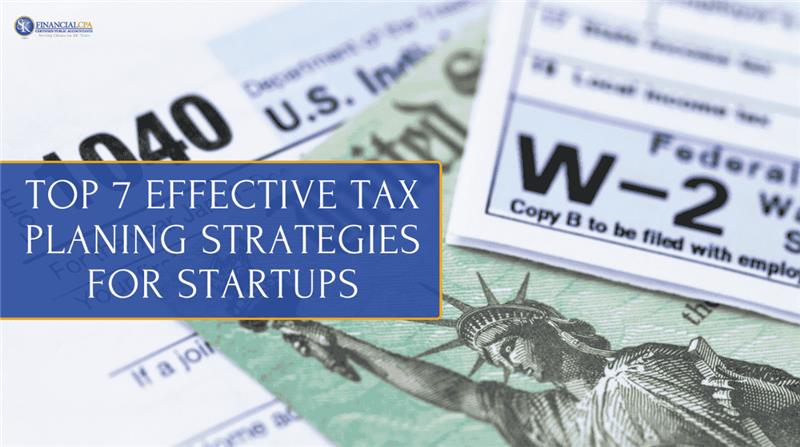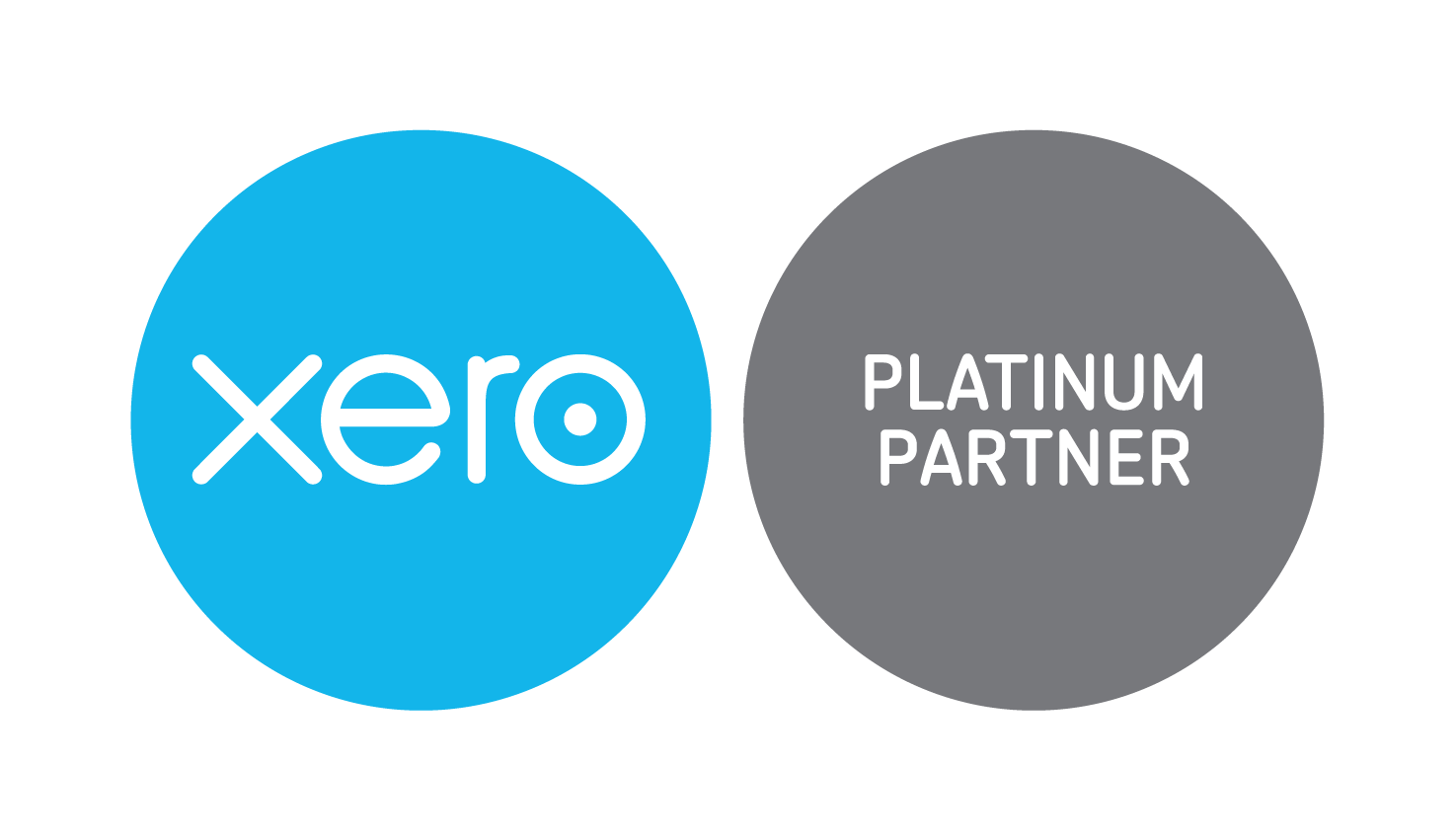
Top 7 Effective Tax planning Strategies for Startups
Tax planning strategies for startups in the U.S. are not just about compliance they can help reduce taxable income, boost cash flow, and improve profitability. On average, startups that plan early save 15–30% more in taxes compared to those that don’t. This guide covers the top 7 effective tax planning strategies for startups, including entity selection, credits, equity compensation, retirement planning, and state-specific incentives.
professional accounting services
Why Tax Planning strategies is Crucial from the Startups
When an entrepreneur turns an idea into a business, tax planning strategies becomes essential to financial decision-making. Early tax planning can set a startup on a path to sustainability and growth, optimizing its financial resources and ensuring compliance with tax laws.
-
Avoid costly IRS penalties
-
Free up cash flow for growth
-
Build investor confidence with proper records
How to choose the Right Business Structure
|
Entity Type |
Tax Treatment |
Best For |
Key Drawback |
|
Sole Proprietorship |
Pass-through |
Solo founders |
No liability protection |
|
LLC |
Flexible, pass-through or corp |
Small startups |
Self-employment taxes |
|
S-Corp |
Pass-through with payroll |
Growing startups |
Payroll admin needed |
|
C-Corp |
Double taxation |
VC-funded startups |
Higher compliance |
affordable cpa services in tampa, florda, US
Role of Equity Compensation in Tax Planning
Equity compensation like stock options and RSUs is a great way to attract top talent without breaking the bank. But let’s be honest, the tax side of things can get confusing. Here’s a simple breakdown to help you and your team navigate equity compensation taxes.
-
ISOs (Incentive Stock Options): Taxed at capital gains after holding period.
-
NSOs (Non-Qualified Stock Options): Taxed as ordinary income at exercise.
- RSUs (Restricted Stock Units): Taxed as ordinary income when vested.
Maximize Tax Credits and Deductions to Lower Taxable Income
Startups can save thousands by applying for credits and deductions. For example, the R&D credit can save up to $250,000 annually, and the startup costs deduction can offset up to $5,000 in the first year.
|
Tax Credit/Deduction |
Eligibility Requirements |
Potential Savings |
|
R&D Tax Credit |
Innovation-driven startups |
Up to $250,000/year |
|
Startup Costs Deduction |
New businesses |
Up to $5,000 |
|
Home Office Deduction |
Exclusive business use of space |
Varies by expense |
|
Employee Retention Credit |
Businesses affected by COVID-19 or downturns |
Up to $26,000/employee |
|
EV Tax Credit |
Qualifying EV purchases |
Up to $7,500 |
Stay Informed and Seek Professional Tax Advice
Tax laws are hard and always changing, which can feel stressful when you're focused on growing your startup. SK Financial CPA specializes in helping startups like yours navigate tax planning with clear, actionable advice tailored to your needs. Staying ahead of updates like new deductions, R&D credits, or state-specific incentives can make a big difference in your finances. But doing it alone can be risky and time-consuming.
How to Implement Retirement Plans to Benefit Employer and Employees?
These changes show a trend toward higher contribution limits, giving startups more room to save on taxes through employee benefits while helping workers build retirement wealth.
|
Plan Type |
Contribution Limits (2024) |
Tax Benefits |
|
401(k) |
$23,000 ($30,500 if 50+) |
Tax-deductible contributions, potential tax credits |
|
SEP IRA |
$69,000 or 25% of compensation |
Higher contribution limits, easy to manage |
|
SIMPLE IRA |
$16,000 ($19,500 if 50+) |
Lower administrative costs |
|
Roth IRA |
$7,000 ($8,000 if 50+) |
Tax-free withdrawals in retirement |
Maximize Your Tax Refunds
At Sk Financial CPA, we understand the importance of effective tax planning and its impact on your financial well-being. That's why we're excited to offer various discounts designed to support startups, families, and individuals across multiple stages of life. We aim to make professional tax services accessible and rewarding for our clients, ensuring you maximize your tax strategies efficiently.
- First-Year Welcome Discount
- Community Appreciation Discounts
- Family Savings Plan
- Couple's Benefit
We're committed to providing exceptional tax services catering to your specific needs and circumstances. We hope to make our services more accessible and demonstrate our commitment to your financial success.
Retirement savings comparison between 2025 and 2026
The financial landscape constantly evolves, and adjustments to retirement savings and investment tax considerations come with each new year. Below is a comparison table highlighting critical changes from 2025 to 2026, including IRA and 401(k) contribution limits and long-term capital gains tax limits. These adjustments can have significant implications for retirement planning and investment strategies, emphasizing the importance of staying informed and adapting to these changes.
|
Category |
2025 |
2026 |
|
IRA Contribution Limit (Under 50) |
$7,500 |
TBD |
|
IRA Contribution Limit (50 and over) |
$8,500 |
TBD |
|
401(k) Contribution Limit (Under 50) |
$23,500 |
TBD |
|
401(k) Contribution Limit (50 and over) |
$31,000 |
TBD |
|
Long-term Capital Gains 0% Limit (Single) |
$50,000 |
TBD |
|
Long-term Capital Gains 0% Limit (Joint) |
$100,000 |
TBD |
|
Long-term Capital Gains 15% Limit (Single) |
$50,001 to $550,000 |
TBD |
|
Long-term Capital Gains 15% Limit (Joint) |
$100,001 to $600,000 |
TBD |
|
Long-term Capital Gains 20% Limit (Single) |
Above $550,000 |
TBD |
|
Long-term Capital Gains 20% Limit (Joint) |
Above $600,000 |
TBD |
State-Specific Tax Implications for Startups
Taxes aren’t one-size-fits-all, especially when it comes to state-specific tax planning for startups. If your startup operates in multiple states or plans to expand, understanding how state taxes work can save you a ton of money. Different states have different tax rules, and these can significantly impact your bottom line.
Many states offer sweet deals to attract businesses. For instance:
- Texas offers breaks on franchise taxes for certain industries.
- Georgia rewards you with tax credits for hiring local employees.
- Florida and Texas: No state income tax, making them startup-friendly.
- California: High tax burden but generous R&D credits.
- New York: High corporate taxes but job creation credits available.
Conclusion
Startup tax planning isn’t just compliance it’s a way to save money and reinvest in growth. By applying these 7 strategies, founders can reduce tax liabilities and build investor-ready businesses. For tailored guidance, SK Financial CPA in Florida helps startups design tax strategies that maximize savings and stay compliant.
FAQs
Q1: How does choosing the proper business structure affect a startup's tax planning?
The choice of business structure significantly impacts a startup's tax obligations and opportunities for savings. Different structures, like sole proprietorships, partnerships, LLCs, and corporations, have unique tax treatments.
Q2: What benefits do tax credits and deductions offer startups?
- Tax credits and deductions can substantially reduce a startup's tax bill.
- Credits directly reduce the amount of tax owed, dollar for dollar
While deductions lower taxable income. Startups can take advantage of specific credits for research and development, energy efficiency, and the employment of particular populations. Deductions include startup costs, office expenses, and employee benefits. Utilizing these benefits can improve a startup's cash flow and reinvestment capacity.
Q3: Why is strategic timing of income and expenses necessary in tax planning?
Strategic timing of income and expenses allows startups to manage their tax liability more effectively. By deferring income to the next fiscal year and accelerating expenses into the current year, startups can lower their taxable income and, consequently, their tax due in a given year.
Q4: How can implementing retirement plans benefit a startup from a tax perspective?
Implementing retirement plans offers tax benefits for the startup and its employees. For the startup, contributions to employee retirement plans are typically tax-deductible, reducing the company's taxable income.
Q5: Why is professional tax advice crucial for startups?
Tax professionals can offer tailored advice that aligns with the startup's business model, growth plans, and specific financial situation. They can help identify applicable tax credits and deductions, advise on the optimal business structure, and ensure compliance with changing tax regulations.
Q6: How do state taxes affect my startup’s bottom line?
State taxes can vary widely, impacting your startup’s profitability. For example, operating in a high-tax state like California may increase your tax burden, while incorporating in a low-tax state like Delaware could save money. Understanding state-specific incentives can further optimize your tax strategy.
Q7: What are the tax implications of issuing equity to employees?
Issuing equity, such as stock options or RSUs, has tax consequences for both the startup and employees. Stock options are taxed differently depending on their type (ISOs vs. NSOs), while RSUs are taxed as ordinary income when vested. Proper planning ensures compliance and minimizes surprises.
Q8: How does business structure affect taxes?
It decides if profits are taxed at the personal level (LLC, S-Corp) or corporate level (C-Corp). The right choice can cut thousands in taxes.
Q9: What benefits do tax credits offer?
Credits directly reduce your tax bill. For example, the R&D credit can save startups up to $250,000 annually.
Follow SKFinancial on Facebook / Twitter / Linkedin / Youtube for updates.













